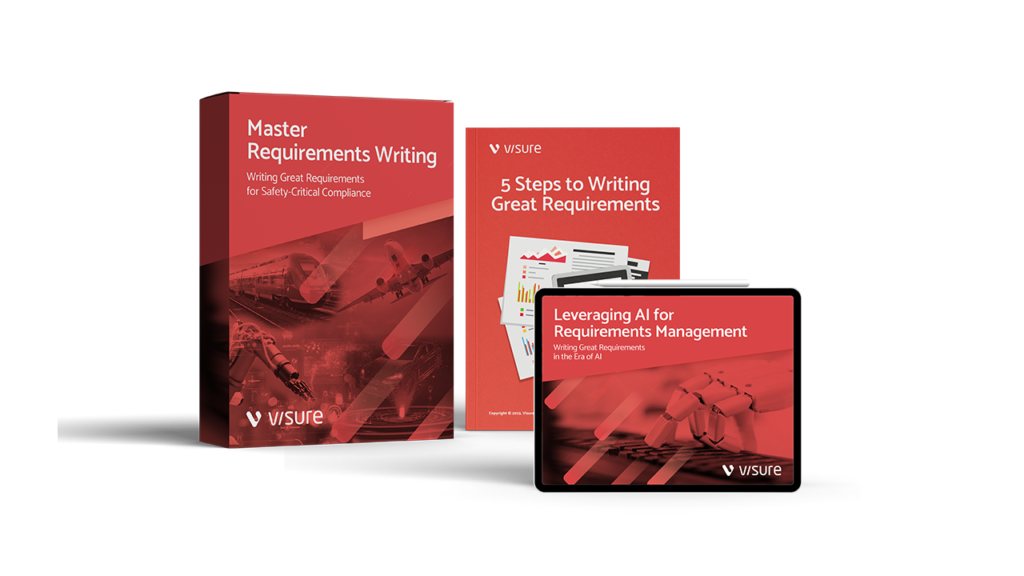Introduction Historically, the product lifecycle had a “blind spot.” Once a product left the shipping dock, engineers lost visibility into its actual performance, environmental stressors, and failure modes. Product Lifecycle Management (PLM) managed the “intent,” but the “reality” stayed in the field. The integration of the Internet of Things (IoT) with PLM changes this equation […]
Read More… from How to Efficiently Combine IoT with Product Lifecycle Management
